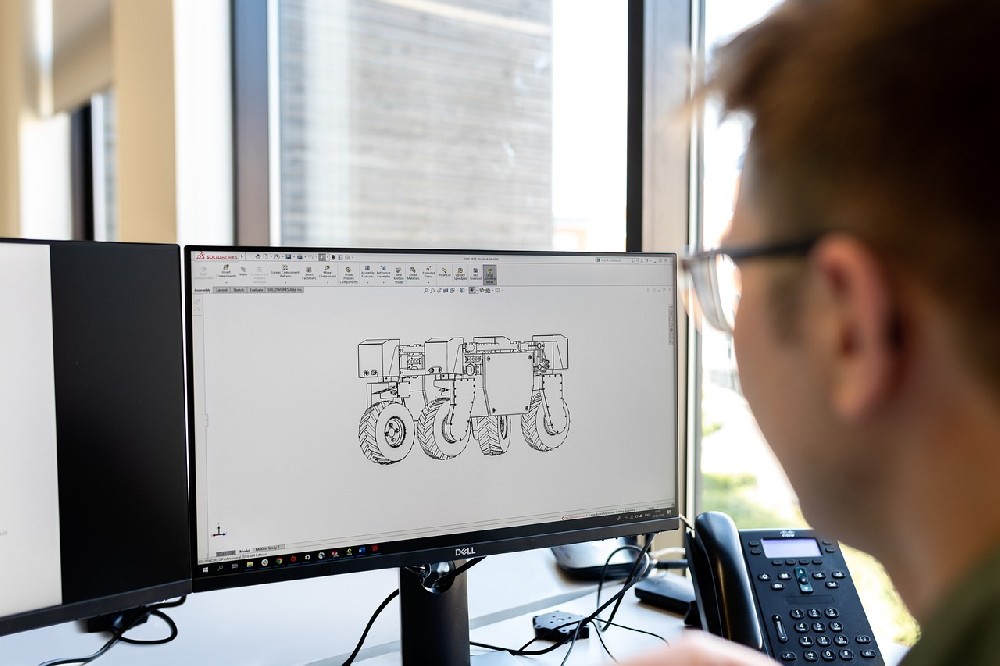In an age where the realms of artificial intelligence (AI) and robotics merge, we stand on the cusp of a technological renaissance. This confluence has birthed AI robotics, a field that amalgamates the adaptiveness of AI with the physical capabilities of robots, creating an unprecedented frontier of possibilities. AI robotics is ushering in an era of autonomous systems capable of performing complex tasks with little to no human intervention. These cutting-edge robots are powered by sophisticated algorithms and machine learning techniques that enable them to learn from their environment and improve their performance over time. One of the most significant impacts of AI robotics is in the manufacturing sector. Known as the fourth industrial revolution or Industry 4.0, AI robots in factories are not only automating repetitive tasks but also undertaking roles that require precision and efficiency. They work tirelessly, reducing workplace hazards and increasing production rates, and are increasingly collaborating with human workers, complementing their skills and augmenting workplace productivity. Beyond industrial applications, AI robotics is transforming the service industry. From autonomous drones delivering packages to robotic assistants providing customer service, AI is enabling robots to interact naturally with their surroundings and the people within it. As they become more integrated into society, these robots promise to take on roles that are deemed dangerous, dirty, or dull, allowing humans to focus on more creative and strategic tasks. In healthcare, AI robotics is playing an essential role in advancing patient care. Robotic surgery, powered by AI, offers surgeons higher precision and control, leading to less invasive procedures and faster recovery times. Meanwhile, assistive robots are providing support to the elderly and those with disabilities, enhancing their quality of life and enabling greater independence. The fields of search and rescue, and disaster response have also been revolutionized by AI robotics. Robots can navigate hazardous environments, locate survivors, and deliver essential supplies in areas where it is too risky for human responders. As their capabilities continue to evolve, these robots could become instrumental in saving lives and mitigating the impact of natural disasters and emergencies. Robotics powered by AI is contributing significantly to research and exploration, particularly in environments that are inaccessible to humans. From the ocean depths to the surface of Mars, AI robots are conducting experiments, collecting data, and broadening our understanding of the universe. The integration of AI with robotics is not without its challenges. Questions surrounding ethics, governance, and the societal impacts of widespread automation are increasing. It is imperative to consider the implications on employment, privacy, and security to ensure that the AI robotics revolution benefits society as a whole. As we innovate and march towards an automated future, AI robotics promises to reshape our world in ways we can only begin to imagine. This synergy of machine intelligence and physical dexterity has set the stage for a smarter and more efficient tomorrow. AI robotics is not just redefining the landscape of technology; it is redefining the potential of what we can achieve as a collective human effort.




